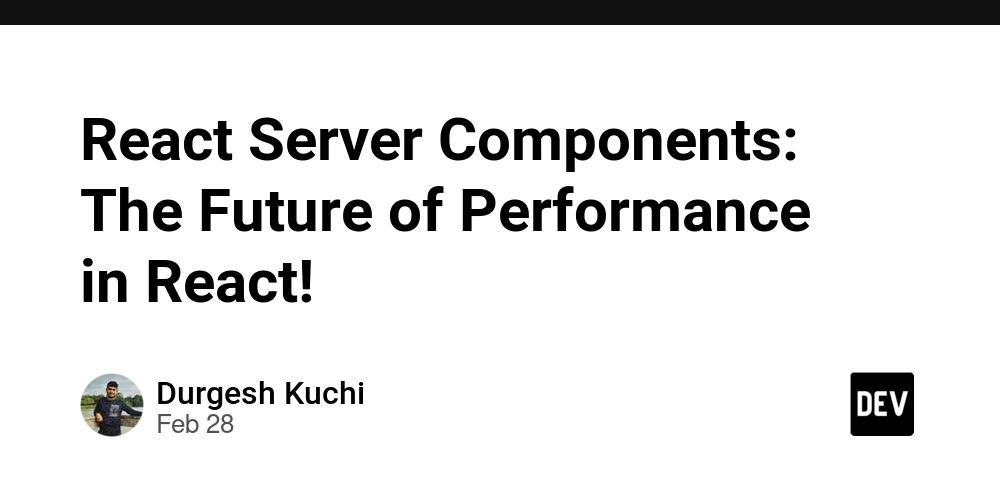Real-Time Data Streaming with Spring WebFlux and SSE
I recently built a real-time data streaming solution using Spring WebFlux and Server-Sent Events (SSE) to push short bursts of data to customers via an API. Here’s why it worked and how it stacks up. I needed a lightweight, secure way to deliver short-duration updates. SSE won over alternatives: Vs. Kafka/Pulsar: Too heavy for my needs—SSE is simpler, no broker required. Vs. Long Polling: Less efficient—SSE uses one connection, not constant requests. Vs. WebSockets: Overkill for one-way data—SSE is simpler and secure by design. SSE shines because it’s: Lightweight: Runs on HTTP, low overhead. Great for Short Bursts: Perfect for event-driven updates. Simple: Easy to set up and use. Secure: One-way flow plus custom logic (e.g., auth, filtering). Scalable: Handles concurrency well. Spring WebFlux Boost Spring WebFlux made it real-time and scalable: Reactive: Non-blocking, ideal for streaming. Scalable: Manages tons of connections effortlessly. Flexible: Easy to add auth and filtering. The Result Customers hit an API, get authenticated, and receive filtered, real-time data over SSE. It’s fast, secure, and scales with WebFlux’s reactive power. When to Use It SSE is best for one-way, short-burst updates. Need two-way? Try WebSockets. Big data pipelines? Kafka or Pulsar. For my case, SSE nailed it. Takeaway Spring WebFlux + SSE = a clean, efficient streaming solution. Try it if you need simple, real-time data delivery. Thoughts? Share below!

I recently built a real-time data streaming solution using Spring WebFlux and Server-Sent Events (SSE) to push short bursts of data to customers via an API. Here’s why it worked and how it stacks up.
I needed a lightweight, secure way to deliver short-duration updates. SSE won over alternatives:
Vs. Kafka/Pulsar: Too heavy for my needs—SSE is simpler, no broker required.
Vs. Long Polling: Less efficient—SSE uses one connection, not constant requests.
Vs. WebSockets: Overkill for one-way data—SSE is simpler and secure by design.
SSE shines because it’s:
Lightweight: Runs on HTTP, low overhead.
Great for Short Bursts: Perfect for event-driven updates.
Simple: Easy to set up and use.
Secure: One-way flow plus custom logic (e.g., auth, filtering).
Scalable: Handles concurrency well.
Spring WebFlux Boost
Spring WebFlux made it real-time and scalable:
Reactive: Non-blocking, ideal for streaming.
Scalable: Manages tons of connections effortlessly.
Flexible: Easy to add auth and filtering.
The Result
Customers hit an API, get authenticated, and receive filtered, real-time data over SSE. It’s fast, secure, and scales with WebFlux’s reactive power.
When to Use It
SSE is best for one-way, short-burst updates. Need two-way? Try WebSockets. Big data pipelines? Kafka or Pulsar. For my case, SSE nailed it.
Takeaway
Spring WebFlux + SSE = a clean, efficient streaming solution. Try it if you need simple, real-time data delivery.
Thoughts? Share below!










































































































































































![[The AI Show Episode 142]: ChatGPT’s New Image Generator, Studio Ghibli Craze and Backlash, Gemini 2.5, OpenAI Academy, 4o Updates, Vibe Marketing & xAI Acquires X](https://www.marketingaiinstitute.com/hubfs/ep%20142%20cover.png)



























































































































![[FREE EBOOKS] The Kubernetes Bible, The Ultimate Linux Shell Scripting Guide & Four More Best Selling Titles](https://www.javacodegeeks.com/wp-content/uploads/2012/12/jcg-logo.jpg)



![From drop-out to software architect with Jason Lengstorf [Podcast #167]](https://cdn.hashnode.com/res/hashnode/image/upload/v1743796461357/f3d19cd7-e6f5-4d7c-8bfc-eb974bc8da68.png?#)






































































































.png?#)




.jpg?#)































_Christophe_Coat_Alamy.jpg?#)








































































































![Rapidus in Talks With Apple as It Accelerates Toward 2nm Chip Production [Report]](https://www.iclarified.com/images/news/96937/96937/96937-640.jpg)









































































































































